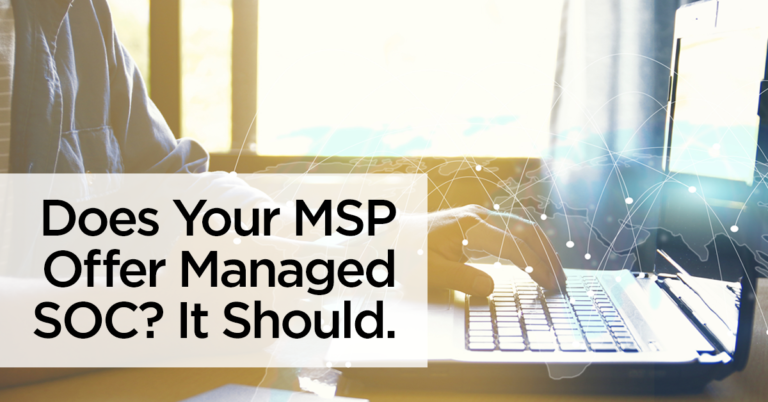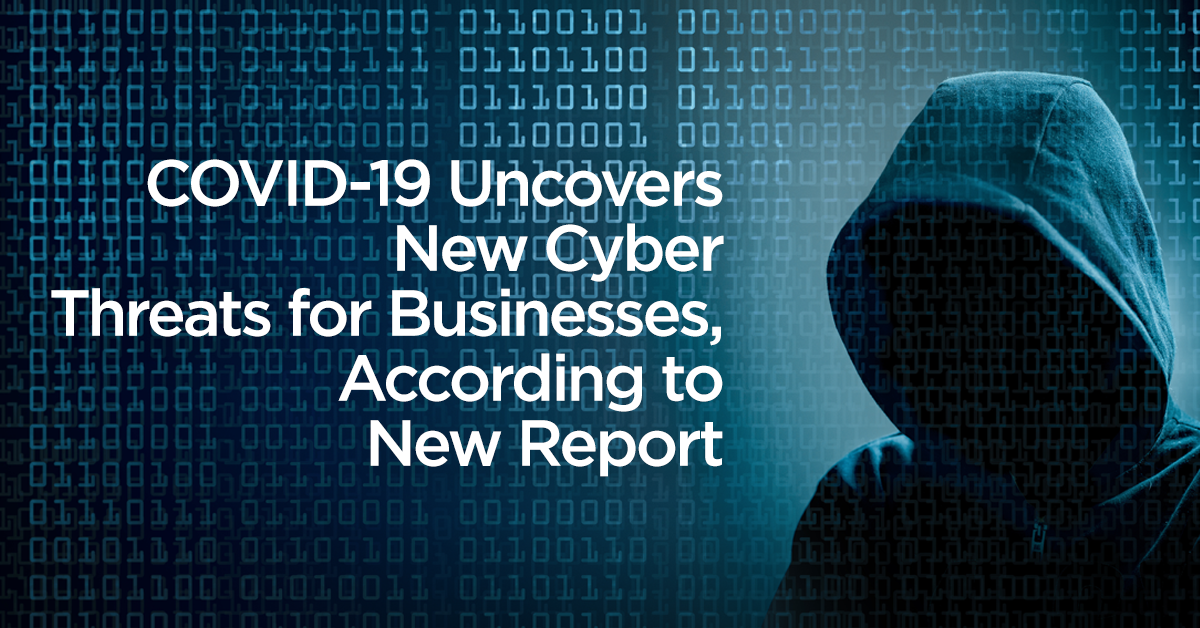One of the most significant risks facing SMBs today is a cyberattack, where a single incident could cripple operations or even force it to close doors altogether.
Nearly half of all cyberattacks are targeted at SMBs, according to consulting firm Accenture; however, only a fraction of those businesses are prepared to handle the ramifications of such an attack (and its average cost of $200,000).
One way for an SMB to manage this risk is to use a security operations center (SOC). This can be a costly enterprise for any business. Many SMBs frequently turn to an MSP to outsource this task and give them the same cybersecurity capabilities as an organization with more resources by using a managed SOC.
What’s a managed SOC?
An MSP’s typical service offering includes services like software installation and support, hardware management, data backup and recovery, network monitoring, and more. They may also offer some basic cybersecurity functions, such as installing antivirus or implementing firewalls or email protections.
Some MSPs also offer specialized packages for cybersecurity services, such as a managed SOC. What’s included in this package will vary from company to company. Typically, the package goes above and beyond basic security services, including continuous network and system monitoring to monitor and analyze logs and detect indications of an attack.
A SOC may also include a SIEM platform, forensic tools, next-generation IDS/IPS, threat intelligence subscriptions, endpoint forensics and detection, and overall incident response services. These services as a package can also be referred to as managed detection and response (MDR).
Choosing the right partner
SOC capabilities are typically difficult or even impossible for an SMB to build on their own. Whether it’s due to the high cost or the in-depth skills necessary to do continuous monitoring, detect high-priority threats, and hunt down attacks. Some estimates say a SOC requires at least 10 to 12 dedicated employees at minimum to operate effectively. Outsourcing SOC capabilities to a qualified MSP can alleviate these two burdens while still providing a similar level of cybersecurity risk mitigation.
When it comes to ensuring risk is fully mitigated, it’s essential to align yourself with the right cybersecurity partner. An SMB should carefully weigh the MSP’s strengths and weaknesses and its team and technology stack to ensure it fills their cybersecurity needs.
There’s no sign that the rising tide of cybersecurity threats will slow any time soon, especially for SMBs. It’s important to invest to mitigate that risk before the threat arrives, so your business is armed and prepared to respond and remediate.












